School Uniforms – Yay or Nay
School uniforms has been a subject of hot debate at PVHS.
April 18, 2018
Every day, countless students are punished simply for expressing themselves. The administration cracks down on these students and forces them to cover up the offending clothing (or lack thereof). Can this issue be solved by something as simple as uniforms?
The dress code has been a controversial topic for as long as it has existed. Some students agree with it, while others hate it with their entire being. This issue seems to increase as students blatantly challenge the rules and complain about it in the hallways.
This issue can be solved by making school uniforms required. By wearing school uniforms, students have to abide by the dress code. Unable to wear their own clothes, students are required to wear the uniforms if they want to attend school.
While it may sound like a solution to this decades-old problem, there are downsides. Melanie Topliff, a JROTC cadet and ninth grader, said, “Nobody can express themselves freely [if they have to wear uniforms].” With the way students have to dress set in stone, there is no room for self expression, which is fundamental when growing up.
Poor income families are already struggling as is. With the added cost of uniforms, families may not be able to afford sending their child to school. Eva Arian, a Pahrump citizen and a mother of three, says, “The biggest downsides to uniforms would be the cost. Some people can barely get food on the table.”
Free public education suddenly isn’t as free with uniforms. Topliff said, “It’s stupid for a kid not to be able to go to school because [they have] no money.”
However, uniforms cost less in the long run. While families may not be able to afford it all at once, uniforms, on average, cost less than back-to-school shopping in the United States. Time Magazine noted, “[Americans] with kids in kindergarten through 12th grade will shell out $24.9 billion [a year]” (Parents, Brace Yourselves: This Is How Much You’ll Spend on Back-to-School Shopping). With school uniforms, the amount of money wasted yearly will be diminished.
Not only will uniforms cost less overall, it will also decrease the amount of peer pressure and bullying. Trevor Price, a United States Army Veteran, said, “[Uniforms made me] feel like I belonged. It created this sort of close-knit community between people you never even thought to become friends with.” Uniforms can help improve the atmosphere, making everyone feel like they are on the same level, rather than having a sense of superiority or inferiority.
The purpose of the dress code is to put all focus on school rather than clothing. For students, especially teens, appearance is everything. With uniforms, students can focus more on schooling rather than picking out outfits and spending hours perusing the latest fashion trends.
Discomfort is a major issue when it comes to uniforms. The uniforms may not fit right or be comfortable for some students. Previous JROTC cadet and 10th grader Isabelle Yost can vouch for this, stating “[JROTC] uniforms never fit me right. The shoes hurt my feet and the shirt was too tight and too long.”
Discomfort doesn’t only mean physical. It could also mean psychological. Transgender students and students going through gender dysphoria will feel ostracized. Students that are feeling conflicted between genders may use clothing as a way to express themselves and feel more comfortable in their own body; if uniforms adhere to a certain gender, students going through this issue will be forced to conform to a gender they don’t identify with.
Another concern rears it’s head – behavioral issues. If a student doesn’t want to wear the uniforms, they may start rebelling against the school and ditch. Students will be missing more school time and, as a result, will have more of a negative impact on attendance and grades because they did not want to wear uniforms.
Outside of school, students may also become obnoxious. By displaying what school they go to, students are giving the school a bad name, making townspeople regard the school with disdain.
With students all wearing the same thing, spotting intruders would be easier. The perpetrator will be out of place and obvious, sticking out like a sore thumb.
However, by proudly displaying the school’s insignia and colors, students will be showing they are proud of their school and boost school spirit. It will make school more connected and like a community.
Requiring uniforms will make students take school more seriously. Arian said, “[Uniforms will improve attendance] because people will feel more professional.” Adding a sense of professionalism to school will make students work earnestly, rather than blowing off school work off and ditching.
Students aren’t the only ones who have a dress code. Teachers also have to abide by a set of rules. Topliff said, ”[Letting teachers wear what they want] would be unfair.” Yost added, ”[If teachers wear uniforms,] it’ll make the students feel more comfortable and it’ll make the school look more professional.” Students may not be as afraid of teachers if they have similar clothing, and a connection may be formed because of the similar clothes.
The dress code exists so students will put more focus on school and not on clothing. While it is a serious issue that greatly impacts the school environment, is dictating what students wear the only way to solve this issue? Or will it cause more harm than good?
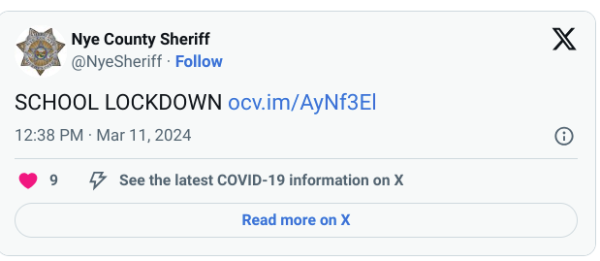
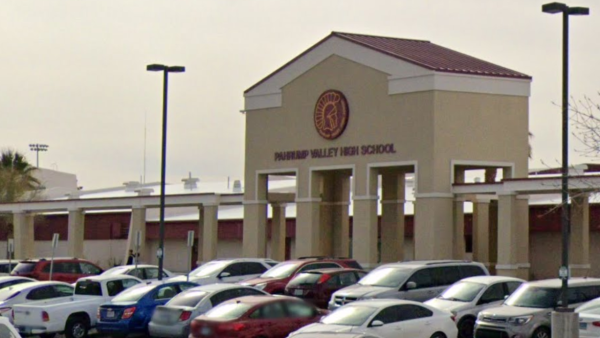






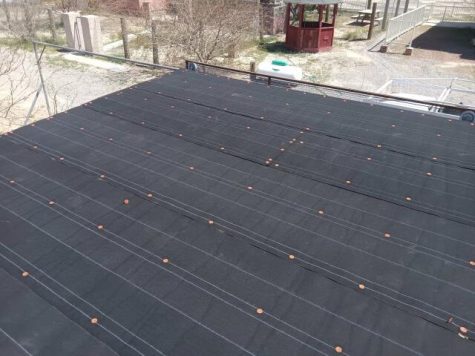


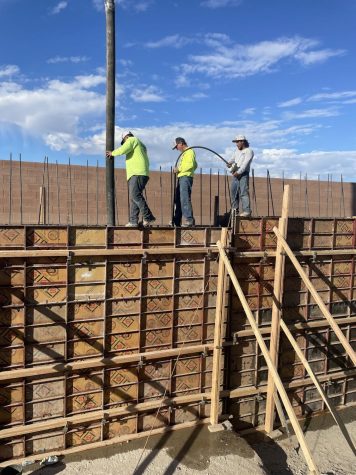

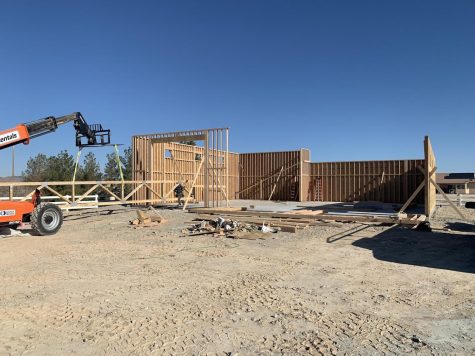


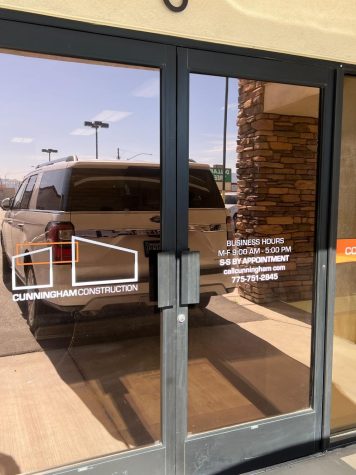

Ricardo Garcia • Oct 11, 2018 at 1:50 PM
I strongly disagree with school uniforms because most people like to express themselves by the way they dress, and with school uniforms, that takes away our ways of expressing ourselves. “Nobody can express themselves freely [if they have to wear uniforms]” and that makes us feel like we are caged in like an animal with a collar on our necks and being told what to do.
Madilynn Hallenback • Oct 11, 2018 at 1:44 PM
In the minds of certain people, they would never wear a uniform, maybe to the point were students would “start rebelling against the school and ditch.” This could lead to so many absents, that students may not graduate or at least not on time. Also, it would be unfair to the newest freshmen class because they are the first people to test it on. I don’t think that uniforms would be a good idea.
Cassidy Persieck • Oct 11, 2018 at 1:37 PM
I absolutely disagree that “making school uniforms required will solve the dress code problems” because they might create financial problems for parents and some students might feel uncomfortable wearing uniforms. They also keep students from expressing themselves which can cause a lack of self-esteem.
Leslie Gutierrez • Oct 11, 2018 at 1:32 PM
Uniforms wouldn’t be the best choice because “families may not be able to afford it all at once.” Education is more important than style. Many children think that it matters what you wear and that’s what they come to school for but that is not the point. The fact of not being able to express yourself just makes everything seems so depressing and sad because everyone would have to wear the same color and in the halls. It wouldn’t be colorful.
Gavin Sheets • Oct 10, 2018 at 7:27 PM
I totally agree that students should wear “uniforms to school, so the kids could focus more on their studies” because their classmates won’t judge them for picking out what outfit they choose, and they can fit in anywhere they choose. Another positive outcome of school uniforms is that the staff won’t get after students for not following the dress code.
Michelle Lopez-Flores • Oct 10, 2018 at 5:41 PM
I believe the dress code has always been a major concern for both schools and students, and it has come to the point that “free public education suddenly isn’t as free with uniforms” because with uniform some of the students will feel trapped and bored with both the scenery of the school and the boring, uninteresting uniforms the students would have to wear. They will also feel like there is no way of expressing themselves and what they like without being able to wear their own clothes. With dress code there is also a higher chance of rebellion where the students will either not show up, purposely wearing what they want, or ‘personalize’ their terrible and plain uniform.
Ashley Anderson • Oct 10, 2018 at 2:11 PM
School uniforms wouldn’t be the best choice for students at Pahrump Valley High School. For teens worldwide, “appearance is everything” because adolescents feel the need to express themselves and show how they feel through their presentation. Adding school uniforms may cause students to act out or be insubordinate because they might feel trapped or cornered into wearing something that could make them insecure and unorginal.
Mollie Falline • Oct 10, 2018 at 2:08 PM
Although school uniforms would be beneficial in certain circumstances, it would cause other problems for people because people would “start rebelling against the school and ditch” because they disagree with with the rule for uniforms. Many people already rebel against the dress code we have now. Students already ditch frequently and are insubordinate; although, with school uniforms, students would rebel more and there would be more problems for the school staff to worry about.
Skylar Ceccoli - Eiffert • Oct 10, 2018 at 2:03 PM
I agree with how “countless students are punished simply for expressing themselves” coming from a school with uniforms. To me, uniforms are unnecessary because we are all unique in our own way. Schools with uniforms have ridiculous rules: the shorts are too short, it’s not the right color shirt, there too many buttons. I’ve heard it and seen it all. Schools think it will stop bullying. It won’t school uniforms doesn’t hide acne, fat, etc.
Madison Dunn • Apr 19, 2018 at 8:34 AM
I think that making school uniforms would very beneficial. While it’s not clear what your stance on the topic is , it’s clear that it’s an issue. By making uniforms required less people will have to worry about not “fitting in” . It will help teachers and staff because they wont constantly have to get on a student for breaking the dress code as well.